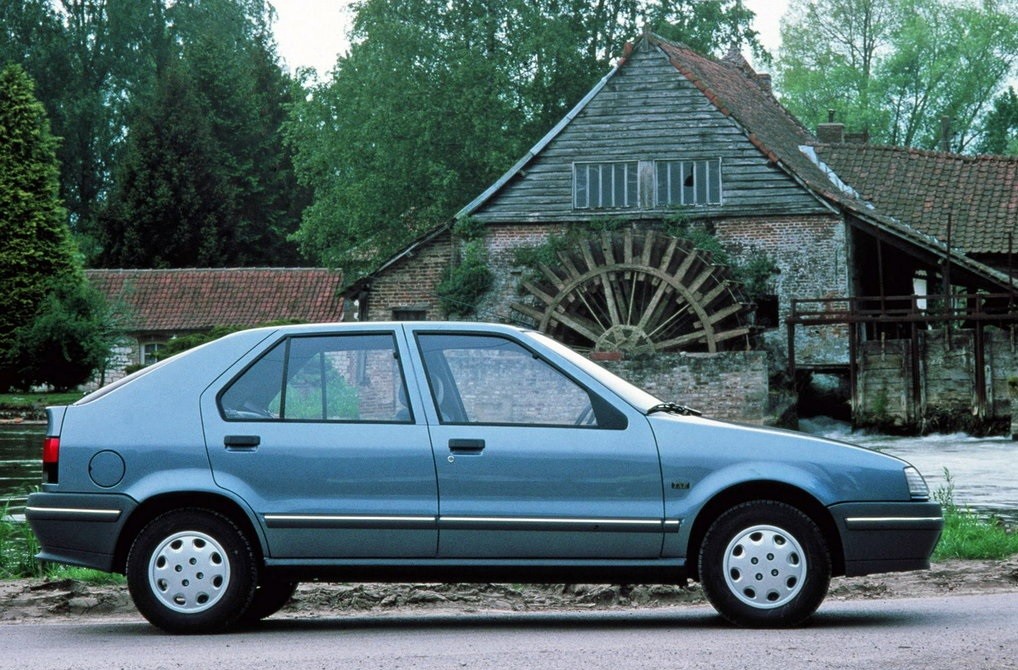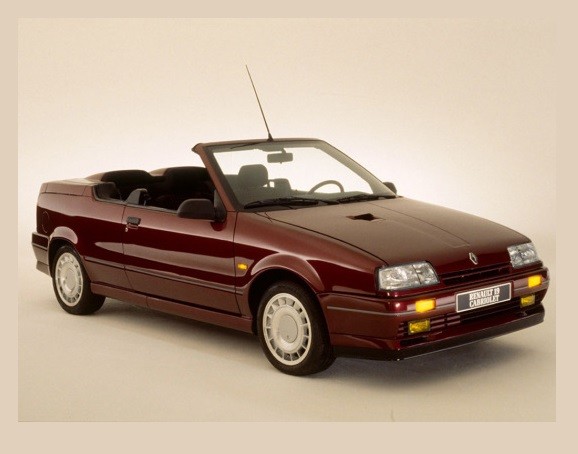
Renault 19 engines
Three years before the end of the 10st century, the management of the famous French automobile company Renault discontinued the latest model, the name of which was expressed in numbers. 1988 years. From 1997 to 19, the Renault XNUMX compact sedan / hatchback was massively supplied to the Russian Federation, becoming one of the most popular European cars on domestic roads.

History of the model
To start the production of cars with an index of 19, the French removed its predecessors, the 9th and 11th, from the assembly line. Despite the long production time, Renault 19 left the assembly line in just one series, which survived the restyling in 1992. At the end of the 19th century, having switched to assembling new models, the French moved the production of XNUMXs to Russia and Turkey. Last but not least - due to the emergence of a new, more modern and progressive Megane model.

The designer of the three- and five-door cars was the Italian Giorgetto Giugiaro. A successful experiment with closed modifications - and in 1991 a serial convertible appeared on European roads, the assembly of which was entrusted to the Germans (Karmann factory).
Keeping up with other manufacturers of power plants, in the last decade of the last century, Renault engineers were already experimenting with might and main with new options for the supply of fuel to the combustion chambers. On the 19th model, both low-power carburetor and injection engines (up to 70 hp) and more modern ones with fuel injection were installed.
Engines for Renault 19
The base of power plants used on the Renault 19 is relatively small - only 8 units (28 modifications, including 4 diesel, 24 petrol). The first engines of the C and E series are designed with an overhead valve arrangement in the cylinder head - above the combustion chamber. The OHV scheme allowed for several advantageous characteristics:
- smooth fuel supply;
- high compression ratio;
- excellent thermal balance;
- control of oil consumption.
"Pencil" sketch of a 16-valve Renault gasoline engine
In the future, the Renault 19 designers completely focused on the single-cam SOHC scheme. This is the design of diesel (F8Q) and gasoline (F2N, F3N, F3P, F7P) engines with a working volume of 1,4-1,9 liters.
| Marking | A type | Volume, cm3 | Maximum power, kW / h.p. | Supply system |
|---|---|---|---|---|
| C1J 742 | petrol | 1390 | 43/58 | OHV |
| E6J 700, E6J 701 | –:– | 1390 | 57/78 | OHV |
| C2J 742, C2J 772, C3J710 | –:– | 1390 | 43/58 | OHV |
| F3N 740, F3N 741 | –:– | 1721 | 54/73 | SOHC |
| F2N728 | –:– | 1721 | 55/75 | SOHC |
| F3N 742, F3N 743 | –:– | 1721 | 66/90 | SOHC |
| F2N 720, F2N 721 | –:– | 1721 | 68/92 | SOHC |
| F7P700, F7P704 | –:– | 1764 | 99/135 | DOHC |
| F8Q706, F8Q742 | diesel | 1870 | 47/64 | SOHC |
| F3P 765, F3P 682, F3P 700 | petrol | 1783 | 70/95 | SOHC |
| F8Q744, F8Q768 | diesel | 1870 | 66/90 | SOHC |
| F3P 704, F3P 705, F3P 706, F3P 707, F3P 708, F3P 760 | petrol | 1794 | 65/88 | SOHC |
The valves of the F-series engines are actuated by a camshaft mounted in the cylinder head. 8-valve engines require manual valve clearance adjustment. On 16-valve engines, the operation of bringing them into action is carried out using hydraulic pushers.
The most prestigious modification of the Renault-19 in Europe is a car with a 16-valve internal combustion engine (GTI) with a capacity of 135 hp. (factory code - F7P 700 and F7P704). Main characteristics:
- working volume - 1764 cm3;
- compression ratio - 10,0: 1;
- average fuel consumption - 9,0 l / 100 km.
In terms of efficiency, the diesel engine with the factory code F8Q 706 with a working volume of 1870 cm was ahead of its counterparts3. With a maximum power of 90 hp. he consumed only 6,1 liters of diesel fuel in the combined cycle.

